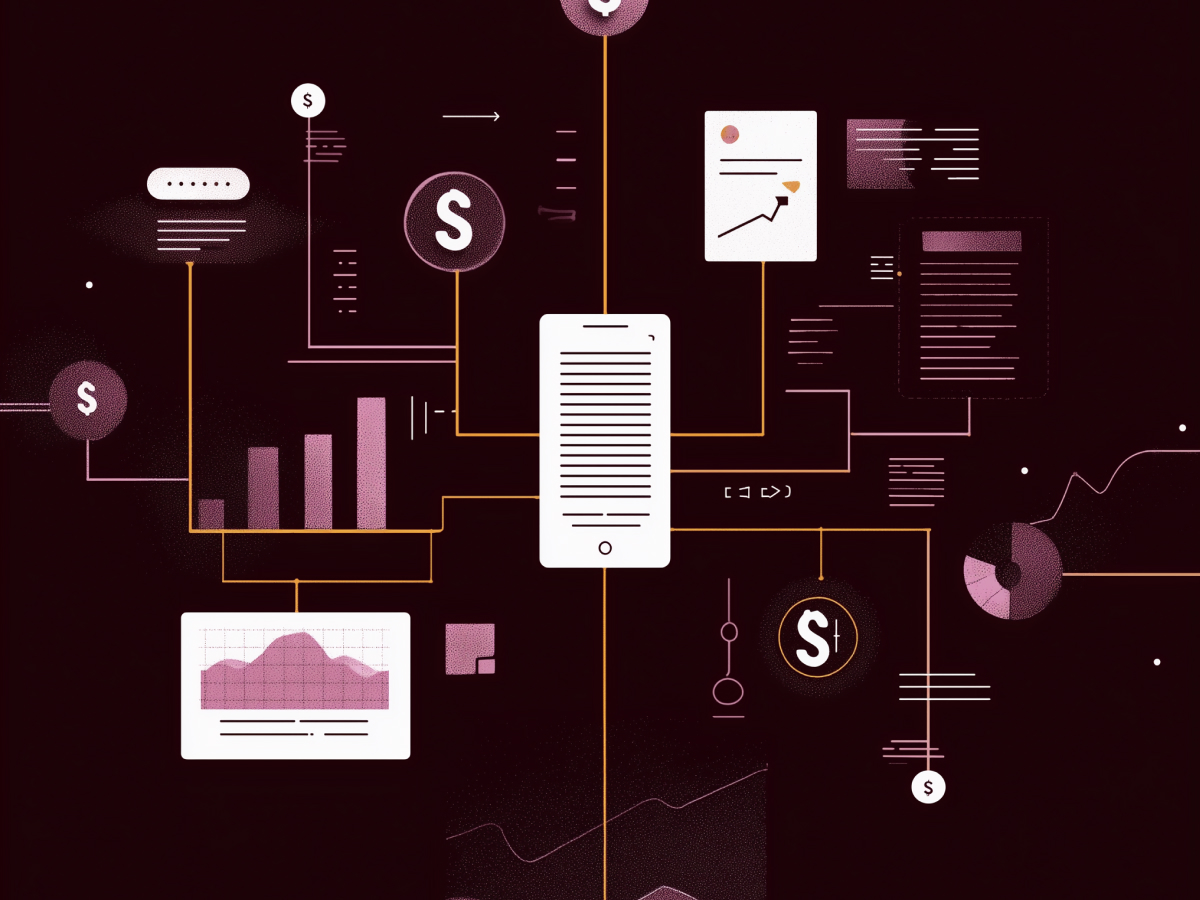Ethical AI implementation
The way humans use AI is a problem. We’re deploying enormously powerful technology across every corner of business without always thinking through the implications. As Reggie Townsend, VP of the SAS Data Ethics Practice, noted, ethical innovation starts long before your developers write the first line of code. The real work begins with intention, understanding what your AI is allowed to do, how it’s being controlled, and who’s accountable when things go wrong.
Right now, 58% of employees are already using generative AI tools regularly, and 60% of them are doing it outside any formal company policies. That’s a problem. It means most organizations are asleep at the wheel. You’re running expensive, data-hungry systems you didn’t authorize, and probably don’t understand in full. That’s a massive risk, reputational, operational, and even legal.
The idea here is to build the right foundations so you can move faster without crashing. AI governance is a system that gives you control, direction, and the ability to act when things go off course. Townsend summed it up: AI is a mirror. It reflects whatever intentions we program into it, whether those are forward-thinking or flawed.
For boardrooms and C-suites, the message is simple: If you want AI that scales with your business and solves real problems, build in responsibility from day one. You get trust, regulatory resilience, and ultimately a better product.
Enterprise demand for AI governance is rising
We’re past the experimental phase. AI is delivering real returns, 42% of organizations say it’s improving operations, and 34% report higher levels of customer trust, according to McKinsey.
There’s a pattern here. The companies that are winning with AI are the ones moving the smartest. Strong governance means your model makes decisions you can explain and defend. It means security, transparency, auditability, things regulators and customers actually care about.
What’s really interesting is that large enterprises are acting accordingly. Around 25% are already putting serious investments into AI governance infrastructure. They see what’s coming. Governments worldwide are moving to regulate AI use, across finance, healthcare, logistics, you name it. If your systems aren’t accountable, you’re going to have a hard time scaling across borders, or even keeping your current markets.
Smart governance is an edge. If you can show that your AI makes fair, effective, and explainable decisions, you’ll earn investor and customer confidence. You’ll move faster because you aren’t guessing. You’ll scale because your platform is trustworthy.
So yes, AI governance is a priority. Not because you fear the worst, because you’re building the best.
Governance tools help enterprises implement trustworthy AI
SAS sees what’s happening and is responding fast. Their AI Governance Map is now available for free to current users. It’s designed to help organizations realistically evaluate where they stand in terms of AI monitoring, compliance, transparency, and control. It gives companies a structured path to strengthen governance maturity across the board.
There’s also heavy focus on industry-specific needs. In the banking sector, SAS has released Model Risk Management, a solution built to keep AI models consistent, explainable, and safe, which is critical in a highly regulated environment. More industry-aligned offerings are scheduled for rollout across the year, but the bigger story is what’s coming next. Later this year, SAS is launching a holistic AI governance platform, capable of managing trust, accountability, and model integrity at scale. It will be released in private preview first.
Reggie Townsend, VP at SAS, nailed the value proposition when he said, “The only thing better than a quick decision is a decision you can trust.” That’s the point. As AI moves deeper into core business operations, finance, logistics, marketing, you can’t afford unpredictability. Governance gives you a system that accelerates safe performance and removes the uncertainty from automated actions.
For C-level leaders, this is a shift you can’t ignore. Governance tools are part of future-proofing your organization, just like cloud, cybersecurity, or infrastructure. They give you repeatable, explainable decision-making. They also simplify the inevitable audits you’ll face as regulatory environments tighten up around AI.
The United Arab Emirates demonstrates AI governance leadership
The UAE made AI governance national policy seven years ago, appointing a Minister of AI in 2017. Since then, they’ve built infrastructure that other regions are still drafting on paper. A full university dedicated to AI education has been launched, and 22 Chief AI Officers have been installed across verticals from healthcare to energy.
One standout example is Emirates Health Services (EHS). They run over 130 healthcare facilities, using more than 40 AI models in production today. These systems predict ICU mortality risk, monitor disease patterns to improve containment, and optimize diagnostic throughput. It’s integrated. It’s practical. And it works at scale.
Mubaraka Ibrahim, Chief AI Officer at EHS, explained the ambition clearly: “AI is a force that can elevate healthcare.” They don’t see AI as a complement, they see it as foundational. It’s being used to enhance credibility between doctors and patients, and to address operational complexity without compromising care.
For executives worldwide, the takeaway is larger than healthcare. The UAE model is proof that coordinated, top-down AI policy, aligned with responsible implementation, gets results. This is about understanding that AI governance is operational.
If you want your AI deployments to deliver meaningful outcomes, you need a real governance infrastructure. That includes leadership, training, and platform controls. UAE has done all of this, and their results speak for themselves.
Responsible AI in healthcare improves outcomes amid resource constraints
Healthcare systems everywhere are under sustained pressure, more patients, fewer available professionals. In this environment, AI is a necessity. But using AI in medicine demands precision, transparency, and accountability. Dr. Michel van Genderen at Erasmus Medical Center in the Netherlands made that clear. His team didn’t turn to AI because it was trendy. They did it to maintain high standards of care while addressing urgent staffing and workflow challenges.
At Erasmus, AI is used to improve respiratory care across all shifts. But it’s not about automating decisions for the sake of it. The team follows a clearly defined governance framework. AI models are only deployed when the medical staff has full confidence in their accuracy and safety, and only when those models provide explainable decisions. This isn’t a test environment. The technology is being used in active clinical settings, where outcomes are measurable and stakes are high.
Dr. van Genderen stated, “We used AI to redesign the way we work by providing it within a responsible governance framework.” That means AI is enhancing the system in a controlled way that medical professionals can trust.
For healthcare executives, this is a strong signal: implementing AI without robust governance mechanisms is a short-term play that likely creates long-term liability. Getting it right requires strong safety protocols, clear explainability, and a defined escalation process when AI outputs don’t meet clinical standards.
More broadly, this approach unlocks greater adoption. Healthcare professionals, regulators, and patients all need confidence in AI-generated insights. That doesn’t happen through dashboards or metrics alone, it happens through operational discipline. Leadership teams that make governance a core part of their AI strategy will gain faster deployment, reliable results, and stronger stakeholder alignment.
Key highlights
- Ethical AI starts with leadership and intent: Executives must embed ethical considerations into AI development from the outset to mitigate misuse and long-term risk. Proactive governance protects brand value and ensures alignment with organizational responsibility standards.
- AI governance drives both performance and trust: Strong AI oversight boosts operational efficiency and signals reliability to customers. Leaders should prioritize governance investment to balance innovation with regulatory and reputational safeguards.
- SAS tools help enterprises operationalize trust: SAS is launching governance solutions, including a free AI Governance Map and industry-specific platforms, to help companies control risk while scaling AI responsibly. Business leaders should evaluate these tools to establish standardized oversight across functions.
- The UAE sets a national standard for AI governance: Through a dedicated AI ministry, national university, and 22 industry Chief AI Officers, the UAE enforces AI accountability at scale. Executive teams should study this model to structure organization-wide governance roles more effectively.
- Responsible AI is transforming healthcare delivery: Erasmus Medical Center’s use of explainable, well-governed AI models demonstrates measurable care improvements despite staffing challenges. Healthcare leaders should implement similar frameworks to scale AI safely in critical environments.





